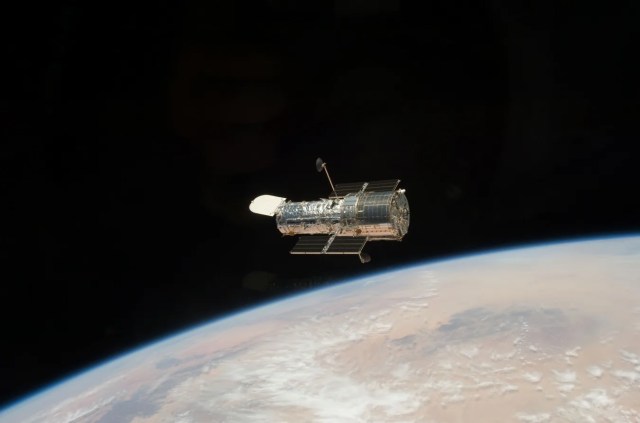Russian Strategists Allegedly Crafted AfD’s Political Positions, Report Claims
The SPIEGEL report claims that the AfD’s positions were formulated by strategists in Russia. According to the report, in September 2022, the head of the department was tasked with developing…
Fusion Technology awarded $159.8 million contract to improve FBI’s information services with Agile practices
Fusion Technology has been awarded a five-year, $159.8 million contract to assist the FBI’s Information Services Division in implementing Scaled Agile Framework practices and methodologies. This will help develop critical…
Brazilian soccer legend Marta announces retirement from international soccer: End of an era for women’s football
Brazilian soccer star Marta, who currently plays for Orlando Pride, has announced that she will retire from international soccer this year. At 38, Marta holds the record for Brazil’s all-time…
Hubble’s Gyroscope Glitch: One Solution, One Scope at a Time
In November, a specific gyroscope on the Hubble spacecraft caused it to enter safe mode due to erroneous readings. The team is currently working on a solution to resolve this…
Expanding to Two Locations: The MetroHealth System Men’s Health Fair is Back, Focused on Early Detection and Intervention through Free Screenings and Education
The MetroHealth System Men’s Health Fair will return this year, expanding to two locations on Saturday. The fair will offer a range of free health screenings, education, and career resources…
Rebuilding Together: Tkuma Directorate Announces $1.5 Billion for West Negev Settlements Reconstruction following Devastating Attacks
In response to the recent attacks on West Negev settlements, the Tkuma Directorate has announced a project to rebuild the affected communities. The ten hardest-hit settlements will receive NIS 1.5…
From Adversity to Triumph: A Virtual Panel Discussion on National Small Business Week and the Story of Selma’s Award-Winning Small Business Owner Jackie Smith
On Monday, April 29 at 3:00 PM CDT, U.S. Representative Terri Sewell of Alabama’s 7th District will host a virtual panel discussion to kick off National Small Business Week. The…
China Takes a Stand for Palestine: Supporting Unity Government with Hamas and Promoting Peace in the Region
The Chinese government has shown its support for the Palestinian Authority in its efforts to form a unity government with Hamas, despite years of conflict between the two groups. This…
Revolutionizing Space: The Impact of Astrobays on Scientific Research and Future Spaceflight Missions
Astrobays, NASA’s trio of free-flying robots, are making waves in the scientific community as they assist astronauts and conduct valuable research on the International Space Station (ISS). In the latest…
Nj High School Game Changers Sports Awards 2024: Recognizing Positive Impact on Teams, Schools and Communities
The second annual Nj High School Game Changers Sports Awards are now open for voting. To cast your vote, simply scroll to the bottom of this article where you’ll find…



